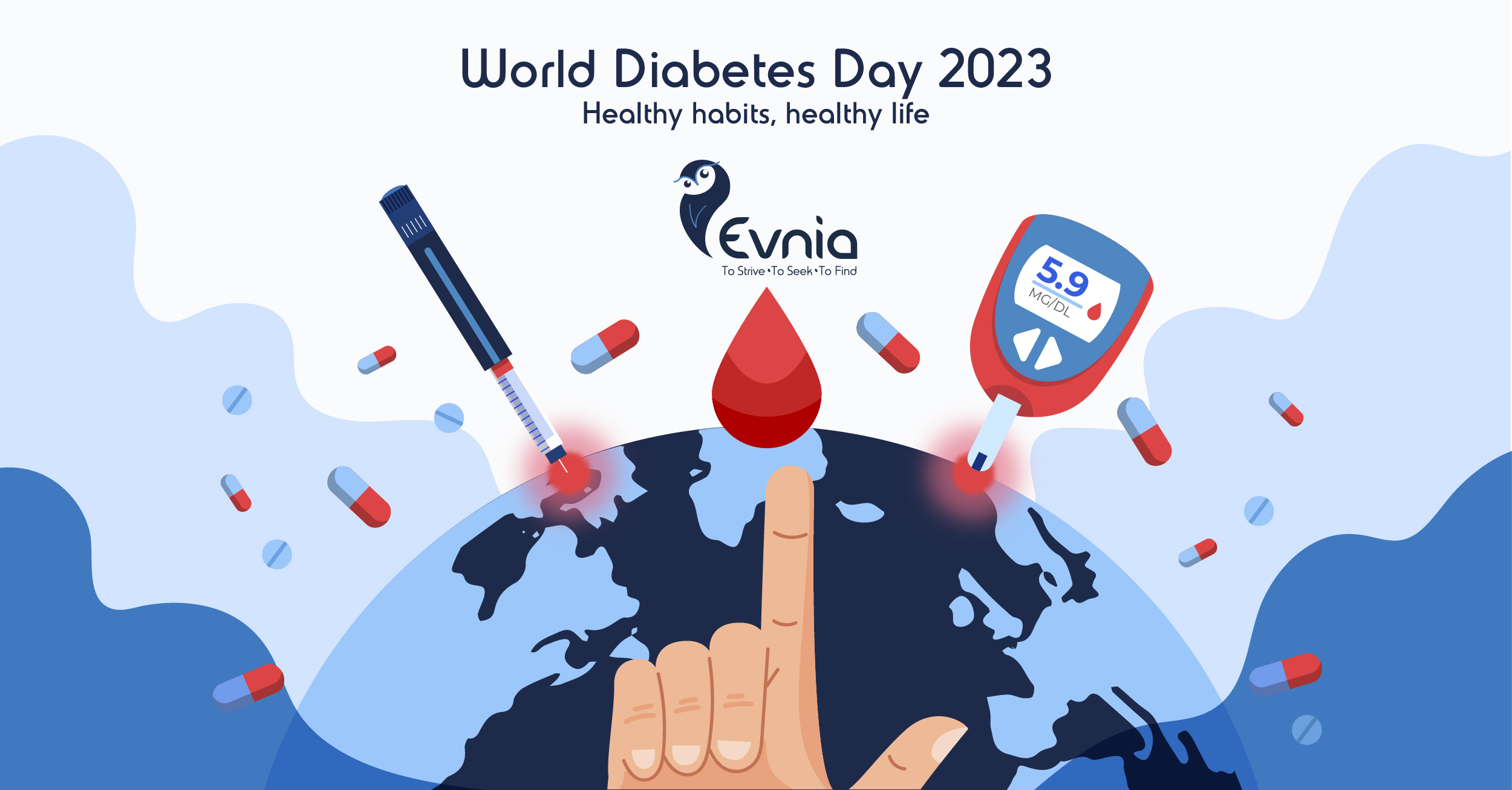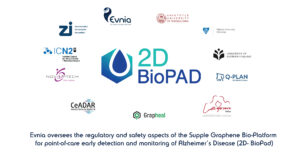Today it’s World Diabetes Day, a day established to raise awareness of diabetes as a chronic, debilitating disease, which affects 1 in 10 adults worldwide. Close to half of them remain undiagnosed until it is too late.
Read more:
International Diabetes Federation
World Health Organization
Global variation in diabetes diagnosis and prevalence based on fasting glucose and hemoglobin A1c
Diabetes, especially type 2, is turning into a global epidemic putting a heavy burden on the shoulders of the medical community but also on healthcare systems. According to a very recent report of the
American Diabetes Association, the total annual cost of diabetes and diabetes-related cardiovascular and renal complications was $412.9 billion in 2022, including $306.6 billion in direct medical costs and $106.3 billion in indirect costs. People with diagnosed diabetes now account for one of every four healthcare dollars spent in the U.S.!
Read more: American Diabetes Association
However, today, early diagnosis, medicines, medical devices, access to care but, most important of all, prevention is possible and is saving millions of lives every year.
World Diabetes Day reminds us that it all starts with one step. To know our Risk!
Read more:
World Diabetes Day
World Diabetes Day 1
World Diabetes Day 2
Read more about the fascinating story of insulin’s discovery and later history in the old-time classic ‘’ The Discovery of Insulin’’ by Michael Bliss but also ‘’ Breakthrough: Elizabeth Hughes, the Discovery of Insulin, and the Making of a Medical Miracle’’ by Thea Cooper.
Did you know
📌 In the early 1920s Frederick Banting and Charles Best discovered insulin under the directorship of John Macleod at the University of Toronto. With the (often underestimated) help of James Collip insulin was purified and made available for testing in humans.
📌 In January 1922, Leonard Thompson, a 14-year-old boy with type 1 diabetes, became the first person to receive insulin. Within 24 hours, Leonard’s life-threatening blood sugar levels dropped, but he also developed an abscess at the site of the injection and still had high levels of ketones. Collip worked on purifying the extract further, and Leonard was given a second injection on January 23rd,1922. Leonard’s blood sugar levels came down to near-normal, with no obvious side effects. Leonard Thompson went on to live for 13 more years with the aid of insulin. He died on April 20, 1935, at the age of 27 due to broncho-pneumonia and complications from diabetes.
📌On May 3rd, 1922, Macleod announced the discovery of insulin to the international medical community, presenting a paper called ‘the effects produced on diabetes by extracts of pancreas’ at a meeting of the Association of American Physicians and Surgeons in Washington.
📌Banting and Macleod earned a Nobel Prize for their work on Oct 25th, 1923. Banting split his half of the Prize money with Best, and Macleod split the other half of the Prize money with Collip.
📌 On Jan 23rd, 1923, Banting, Collip, and Best were awarded U.S. patents on insulin and the method used to make it. They all sold these patents to the University of Toronto for $1 each. Banting famously said, “𝑰𝒏𝒔𝒖𝒍𝒊𝒏 𝒅𝒐𝒆𝒔 𝒏𝒐𝒕 𝒃𝒆𝒍𝒐𝒏𝒈 𝒕𝒐 𝒎𝒆, 𝒊𝒕 𝒃𝒆𝒍𝒐𝒏𝒈𝒔 𝒕𝒐 𝒕𝒉𝒆 𝒘𝒐𝒓𝒍𝒅.”
📌Dr. John R. Williams, chief of medicine at Highland Hospital was the first doctor to administer insulin in the United States to his 15-year-old diabetic patient, James Havens, in May 1922. According to the pioneering diabetologist, “𝑭𝒆𝒘 𝒓𝒆𝒄𝒐𝒗𝒆𝒓𝒊𝒆𝒔 𝒇𝒓𝒐𝒎 𝒊𝒎𝒑𝒆𝒏𝒅𝒊𝒏𝒈 𝒅𝒆𝒂𝒕𝒉 𝒎𝒐𝒓𝒆 𝒅𝒓𝒂𝒎𝒂𝒕𝒊𝒄 𝒕𝒉𝒂𝒏 𝒕𝒉𝒊𝒔 𝒉𝒂𝒗𝒆 𝒆𝒗𝒆𝒓 𝒃𝒆𝒆𝒏 𝒘𝒊𝒕𝒏𝒆𝒔𝒔𝒆𝒅 𝒃𝒚 𝒂 𝒑𝒉𝒚𝒔𝒊𝒄𝒊𝒂𝒏”
📌Dr Banting died in 1941, of injuries sustained in a plane crash at Seven Mile Pond in Newfoundland. Men from Musgrave Harbour went in and retrieved his body and one survivor.




